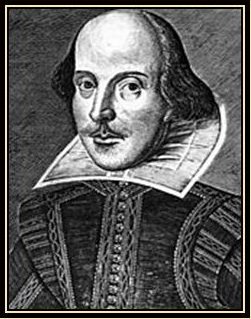 |
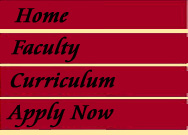
|

Teen Acting :: Teen Movement Training :: Teen Chekhov Work



The Acting Shakespeare Intensive combines Physical Theater, Movement Training and Character Development acting methods with Classical Shakespearian Language to provide young actors with fundamentals required for College Entrance and the professional arena.
Typical Daily Schedule:
10am-12pm Movement Clown improvisation Character and/or Voice and text Workshop with warm-up
12pm-1pm Lunch
1pm-3pm Workshop (Shakespeare Text for Monologues and Scenes)
3pm-6pm Workshop (Stage Combat, Viewpoints, or Chekhov or Elizabethan Dance)
Dorm Students (only)
6pm-7pm Dinner
Optional Group Activities 7-10 pm
Master Class Schedule (on days with Master class Teachers):
10am-1pm Master Class
1pm-2pm Lunch
2pm-5 or 6pm Master Class
First Folio Text work and script analysis of Patrick Tucker's First Folio technique. Finding the acting clues in the Folio text first printing of Shakespeare plays in the First Folio
Text as compared to later Quarto Texts. Applied to Monologues and Sonnets and Scenes.
Week 1
Day 1: Shakespeare Monologues; Initial Text Analysis
Day 2: Monologues Continued; The Actor's Personal Connection to the Text
Day 3: Monologues Continued
Day 4: Mock Auditions: Using Shakespeare's Monologues for Audition
Day 5: The Sonnets; Communicating a Four-Lined Thought
Day 6: The Sonnets & The First Folio as an Actor's Tool
Week 2 & 3
Day 8: Dropping-In Session for Duet Scenes
Day -18: Continued exploration Duet Scenes through text, character, and personal connection to the text and scene partner.
Day 19-20: Dress and Final Performance
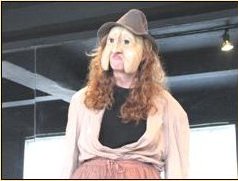
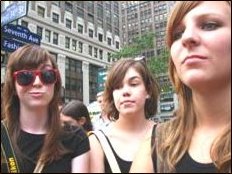
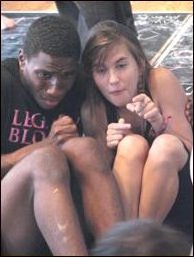

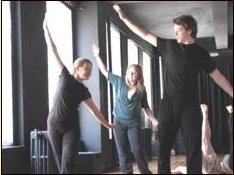

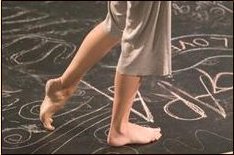

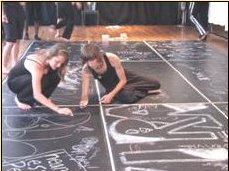

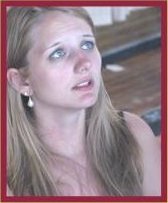
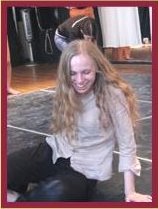

Bill Bowers - Performance Artist
Mime and Pantomime with BILL BOWERS offers and introduction to these art forms, include a brief history of Mime, physical warm-up, and movement improvisation. Participants will learn illusory skills, and have the opportunity to incorporate mime technique into their acting work. Ideally students will begin to gain an awareness of how pantomimic skill and corporeal style enhance and impact actor training.

Featured in "Acting Teachers of America"
This course will teach the basics of Williamson Technique, through a series of exercises that train the actor's ability to listen and communicate with the whole body while developing a stronger awareness their own experience and the experience of being part of an ensemble. Two major aspects of the work are freedom and connection. Total physical freedom in the actor's behavior leads to his or her complete connection with the relationships and circumstances of the imaginary world.
Exercises Include: Open Phrase Choreography: A sequence of "open" movement or vocabulary that expands the body and frees the voice and is designed to enhance the actor's ability to process their experience into expressive physical movement sound and gesture. The Open Choreography leads to movement improvisation that can flow in any sequence, in any rhythm that rises out of the connection that the actor has with their inner and outer experience, their connection to the ensemble and the freedom of expression.
Taught by Master Teacher Paula Murray Cole and Michelle Minnick
Participants will be introduced to theory and philosophy of the RasaBoxes™ Vocal and Physical techniques that support the basic steps of the exercise. Students will learn to embody eight basic emotional states and how to change instantly from one emotional state to another.
The RasaBoxes™ are a psychophysical approach devised by ECA Artistic Director Richard Schechner and developed by Executive Director, Michele Minnick and Director of Education, Paula Murray Cole. Inspired by Artaud's dictum that the actor should be an "athlete of the emotions" and based on the classical Indian theory of rasa, and contemporary theories of psychology and neuroscience, the RasaBoxes train performers to generate specific emotional states in themselves and audiences, to develop character and score performance. This unique approach trains Actors to work holistically with mind, body and emotion to produce work that is viscerally engaging in a wide range of performance contexts, from the subtlety of film acting to the boldness of Commedia de'Arte, from the most naturalistic to the most stylized or poetic, from the most text-based to pure dance and movement. This unique psychophysical technique begins with finding form for eight basic emotional states (fear, rage, love, wonder, laughter, the heroic/courage sadness/pity, disgust) and their combinations through the use of body and the breath. The RasaBoxes™ is improvisational, but offers performers specific tools and techniques for finding truthful, fully embodied sense of presence and emotional specificity through direct physical engagement. It integrates rather than separates acting, movement and voice, engaging the whole performer in one approach.
The Neutral Mask: Exploring Transformation:
Transformation Exercise:
- A comprehensive hands-on introduction into the world of the mask.
- Explore the Room: Further discoveries using the freedom provided in the mask world.
- Chairs: Integration of the full body and the mask.
Character Mask: This section utilizes the 3/4 or half mask with the actor's own mouth exposed. with the return of the voice, a vast array of characters populate the classroom.
This course will teach the basics of Viewpoints, through a series of exercises that train the actor's ability to listen and communicate with the whole body while developing a stronger awareness of stage space, a sense of spontaneity, and the ability to excel as part of an ensemble. Through the exploration of structured Viewpoint improvisations (Jam Sessions) and the use of specific compositional tools, students will learn how to transform an idea, a few props, and a bit of dialogue into a theatrical event and create original theatre pieces from source materials which integrate text, story, movement and music. The class will cover:
Anne Bogart's Nine Viewpoints
- Tempo
- Duration
- Repetition
- Shape
- Gesture
- Kinesthetic Response
- Spatial Relationships
- Architecture
- Togography
Guest Artist Master Teachers
Janice Orlandi and others TBA
Chekhov developed an approach to acting that affords the actor access to Creative resources within himself-feelings, will impulses, character choices-that are based not merely in personal experience, but of the actor's Imagination and physical life.
"The idea of the play produced on the the stage is its spirit; it's atmosphere is its soul, and all that is visible and audible is its body" - Michael Chekhov
The Five Guiding Principles of the Michael Chekhov Acting Technique as described by Michael Chekhov in a series of lectures given to a group of professional actors in Hollywood. These Five Principles lay the foundation for the entire work. If these principles are practiced and understood one has an overview of what Michael Chekhov's view of the actor is.
Students will explore Michael Chekhov's "psycho-physical" approach to acting, through the basic principles and exercises outlined in Chekhov's book "To the Actor", including psycho/physical exercises, character work and ensemble improvisation. Each class begins with a warm-up specifically designed to develop the organic connection between the actor's inner life, creative imagination and expressive body. Through the rigorous practice of Chekhov's core exercises students will explore: Archetypes, Imaginary Centers, Imaginary body, Character Atmospheres, Overall scenic Atmospheres, Qualities of Movement, Imaginary Place and Psychological Gesture, along with on camera adjustments, and more. The Chekhov principles will be explored through the means of psycho/physical exercises, character work and ensemble creation.
Basic Exercises: Expanding/contracting Staccato/legato, Radiating/receiving, ease, form, beauty and in a sense of the whole Molding, floating, flying, radiating
Character Work: Imaginary center Imaginary body Psychological gesture Quality and sensation
Ensemble Creation: Atmosphere and Improvisation
